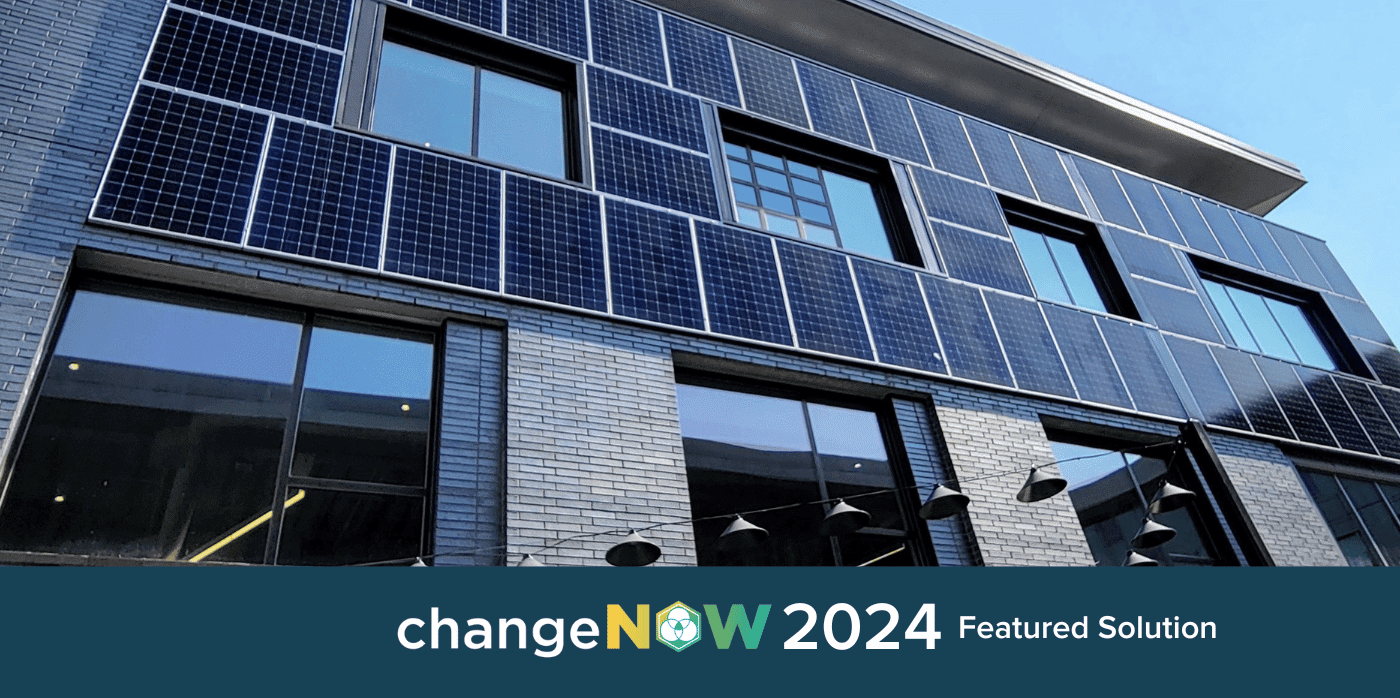
Spotted: Analysts think that 2030 global renewable energy capacity goals are reachable, with the caveat that much still needs to be done, particularly as the volume of power needed by the rapidly growing number of data centres is unknown. California greentech company Ubiquitous Energy’s solution is to make it possible to generate power via a patented transparent solar coating, called UE Power, which could turn almost any window into a solar panel.
The coating is made from naturally occurring sustainable materials, with no toxic ingredients, that capture the energy from ultraviolet and infrared light. The light that is visible to the human eye, meanwhile, passes through the coating just as it does with a standard, uncoated window. The transparency of the coating means that any surface, from high-rise commercial buildings to car windshields and personal device screens can generate solar electricity without interfering with the look and functionality of the original material.
An average-sized window of three feet by five feet, coated in the UE Power glazing, offsets up to 200 watt-hours of electricity per day, which is equivalent to charging a smartphone 13 times daily. What is more, the coating offsets up to 30 per cent of the building’s electricity use, and for residential homes and certain commercial locations, solar-powered windows can provide a direct charge to smaller devices such as security cameras and motorised blinds – without requiring connection to the grid.
Right now, the glazing is available on new or replacement windows only, and Ubiquitous Energy works with a number of leading glass and window manufacturers to make the technology as accessible as possible. The company plans to make retrofitting of older windows available in the future.
As demand for renewables increases, so too does the versatility of its applications, with innovations spotted in Springwise’s library including floating solar panels and flexible versions for rooftops unable to hold the weight of traditional arrays.
Written By: Keely Khoury

